In ancient history, the Egyptians, Babylonians, Fenicians, Greeks and Romans already knew the shape stability of stony materials in construction. Most ancient civilizations have left behind large stone monuments which are about 2000 years old.
The Indus civilization also used bitumen in construction. In Mohenjodaro, archaeologists discovered a large basin that was sealed with a thumb-thick layer of natural asphalt. It dates from 3200 BC. Probably the bitumen from Kashmir or Baluchistan was involved.
Combining the excellent adhesion properties of bitumen with the shape stability of minerals led to modern road construction. In 1870, the Belgian chemist Edward J. de Smedt developed the modern asphalt concrete. De Smedt had emigrated to the United States and worked at Columbia University in New York. The first modern asphalt road was located in Newark (New Jersey). Since that time the use of asphalt concrete has grown to 2.190.000.000 tons every year in the entire world. Every 20 years asphalt concrete has to be replaced because of the adhesion reduction between minerals and bitumen. The bitumen age and lose their performance. This causes a large amount of waste material on a worldwide scale. This is quite controversial, because in this waste material, most materials (minerals) have a duration lifetime of thousands of years.
The introduction of partial recycling began around 1950. The costs of importing minerals and the fluctuation of bitumen prices was the first stimulant to cold recycling. In the asphalt mix a maximum of 25% RAP was added, with some softer bitumen and more heat in the new minerals to compensate. Because of its success RAP in asphalt mixes has become regulated.
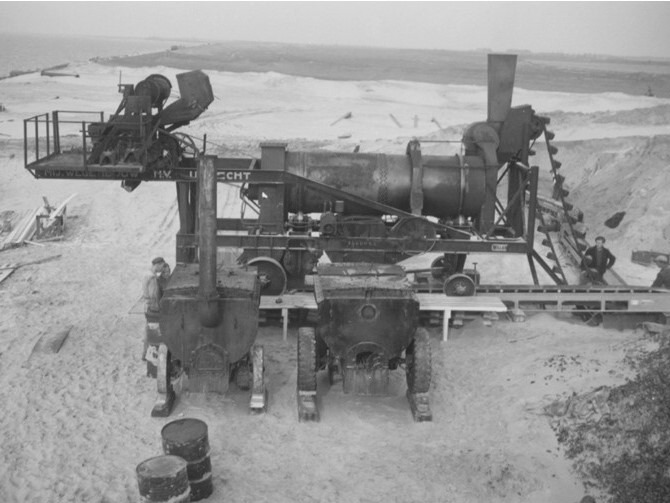
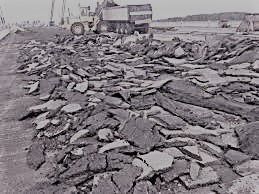
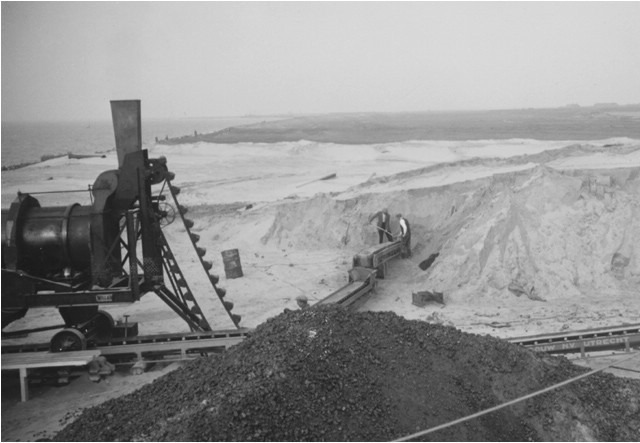
Next step was introducing parallel drums in 1970. They were able to heat up the RAP in a separate drum. The parallel drum was a copy of the normal heating drum, with a adjustment to the paddles inside the drum to maintain a good heating process. Until now, most of the parallel drums have a similar layout combined with better heating techniques. Now asphalt plants were able to recycle up to 60%. Limitations to 60% recycling were/are the age of the bitumen and the stiffness of the mix. Also the output of the parallel drum was about the same as the normal mineral drum. The heating system has direct flame burners, which causes burning of the bitumen on the RAP.
New trials to recycle more than 60% were introduced shortly before the millennium. The introduction of a drum with both mineral and RAP was designed and also heating systems changed. MARS was the first asphalt plant with 100% recycling heating by microwave. The preparation of the RAP was their biggest problem, together with the lack of a rejuvenator for the aged bitumen. Nowadays, the newest generation of parallel drums are heated by indirect heating without the risk of burning the bitumen or the RAP material. Most of the drums are using hot gas generators. So the only problem to solve was the rejuvenation.
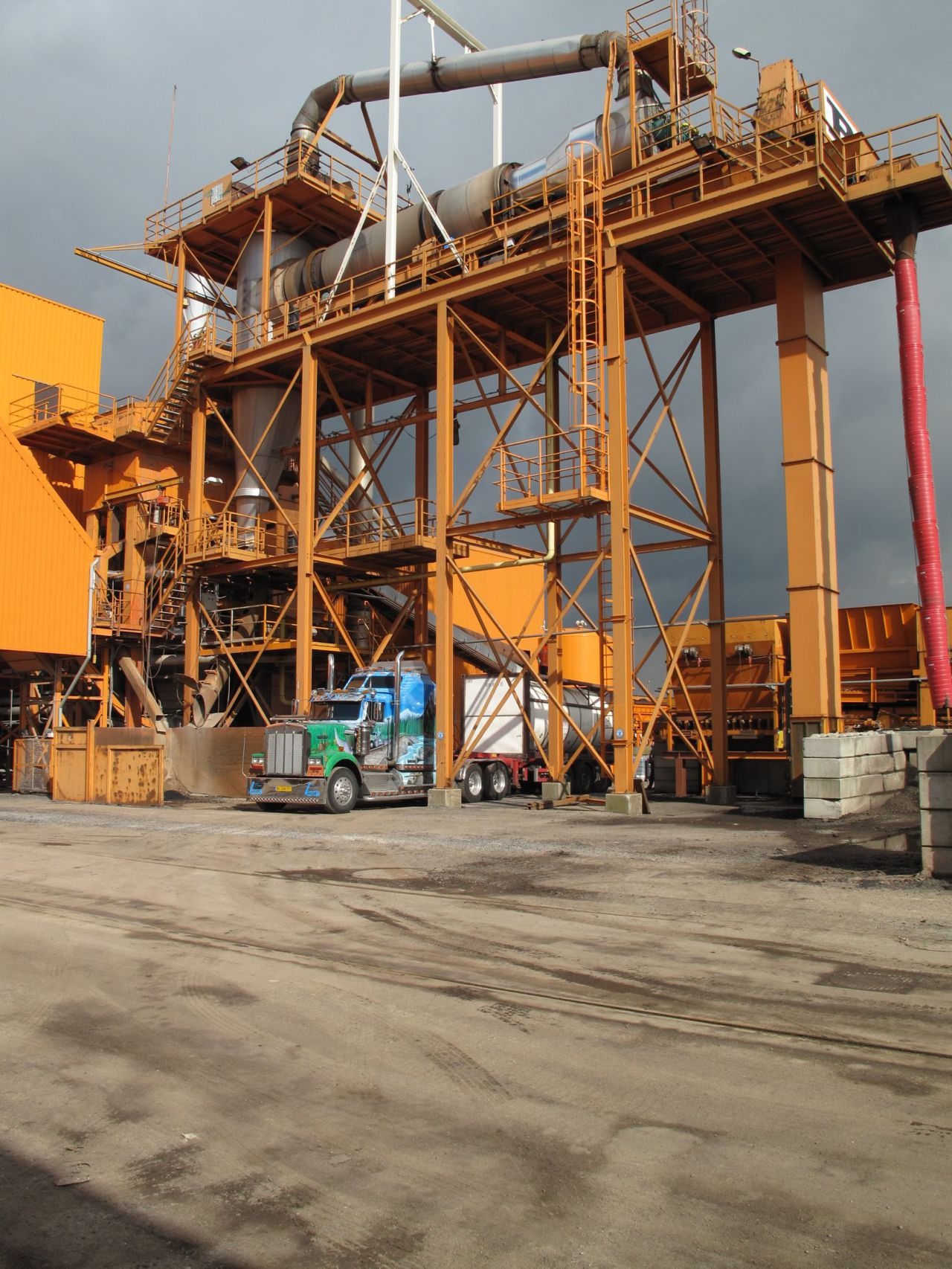
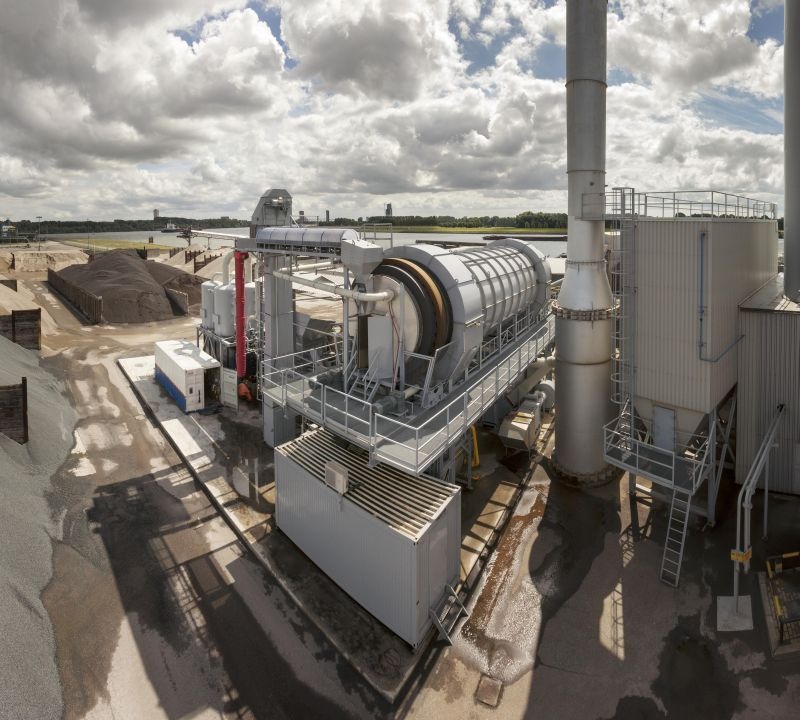
Since 2010 the possibility of 100% recycling asphalt without loss of quality exists. The ageing part of asphalt, bitumen, can be re-used by adding a small amount of rejuvenation agent into the bitumen. Since the large scale investigation and testing period of ten years, it is now possible to recycle asphalt to the highest ratio, by adding a rejuvenation agent at an average of 0,3%. That means that our future generation will no longer inherit 2.190.000.000 tons of waste per year.
This solution is not only an advantage for environmental effects. It is very simple to imagine that all the heavy materials which have to be (urban)mined, transported and after 20 years become waste material, will have a great economic influence. Everything you can re-use locally has a positive cost effect on the total production costs.
Recycling in asphalt is no longer a challenge, but a proven technology. With lots of university studies, long lasting pilots and lifetime monitoring, 100% recycled asphalt concrete has shown an equal durability as the asphalt concrete which is produced before and waiting to be recycled in the highest possible ratio.
